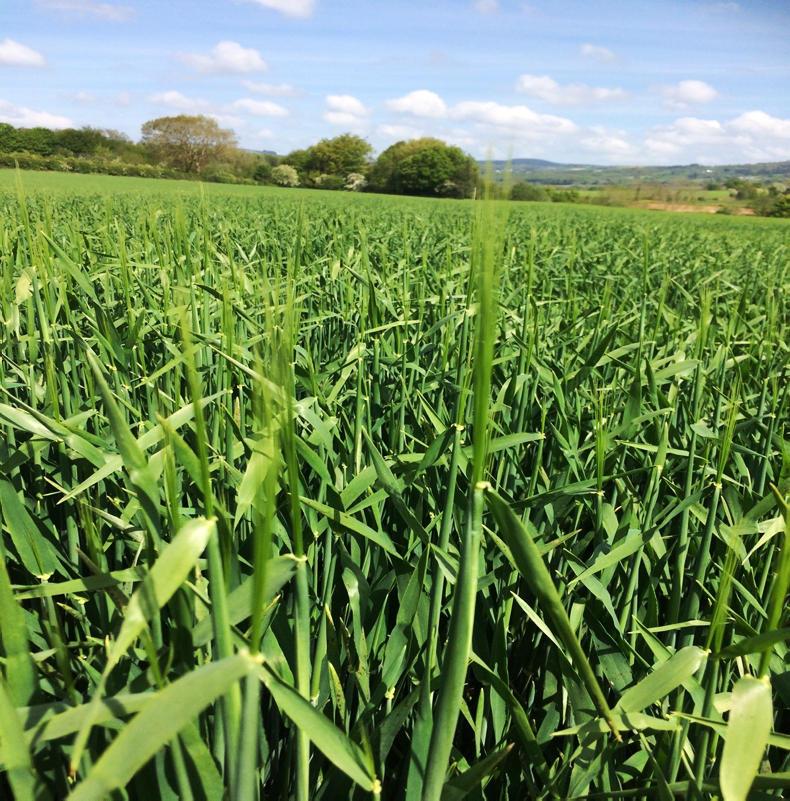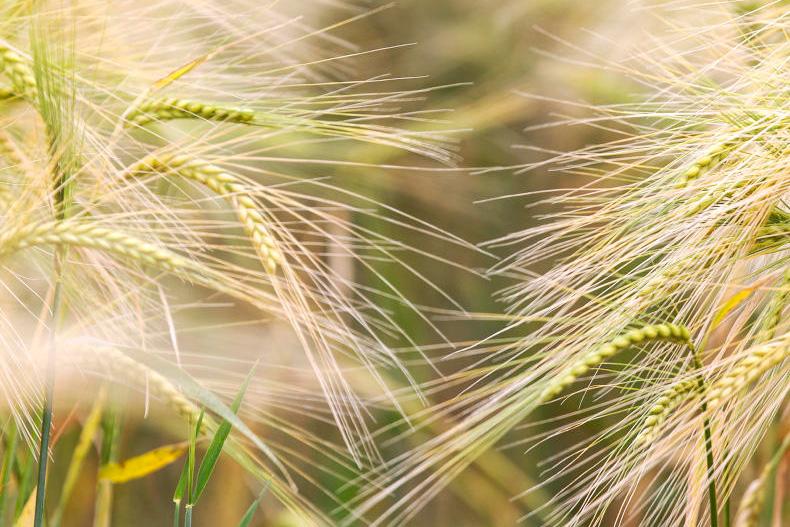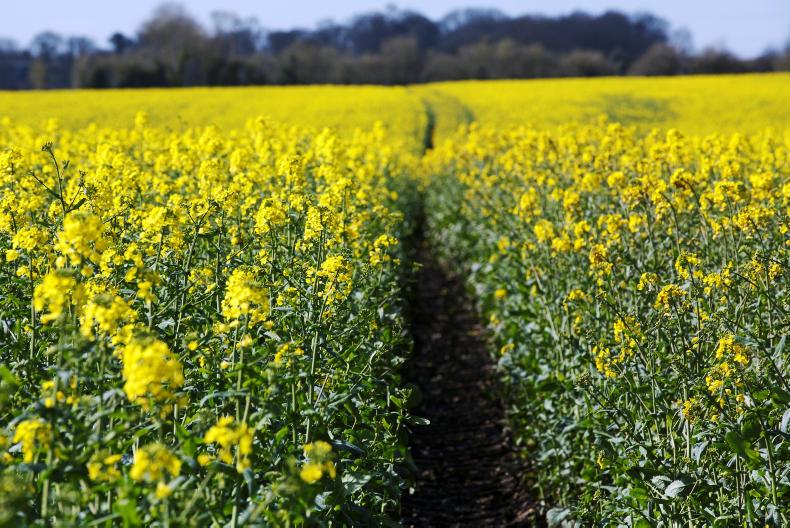This week’s anticipated heatwave will be met with mixed feelings. While there are some crops around the country that have received adequate moisture levels this season and the weather will add to potential, there are many more crops which are likely to suffer as they are already in a moisture deficit situation.

This week’s anticipated heatwave will be met with mixed feelings. While there are some crops around the country that have received adequate moisture levels this season and the weather will add to potential, there are many more crops which are likely to suffer as they are already in a moisture deficit situation.

Late sown spring crops are suffering the most from the current situation as awns are now emerging.
Late sown spring crops are suffering the most from the current dry weather situation. Crops are thin, short and stressed in appearance. Yield potential in these crops has undoubtedly been undermined. A good soaking of rain at this stage may help mitigate this but we won’t see this this week. Some winter and spring crops are showing white patches in fields as plants die off due to the dryness.
Spraying season is drawing to a close for many crops now. The final fungicide spray in virtually all winter crops has now been completed while head sprays are currently being applied to spring crops, namely barley and oats.
Spring barley
The awns are emerging on many spring barley crops, only 14-18 days since the previous fungicide. Head sprays should be applied early as ramularia has the potential to be an even bigger threat to crops under stress.
Include a contact like Bravo or Phoenix for ramularia control. Final sprays on barley could include Siltra, Ceriax, Bontima, Elatus Era, Fandango or Proline plus Treoris.
Spring oats
Some spring oats have too come under pressure for moisture as the head emerges on many crops. Target final spring oat spray when the head is out.
Apply a triazole plus strobilurin or SDHI, possibly with a morpholine. If mildew is not a problem, consider epoxiconazole or Folicur at 0.7 l/ha, plus half-rate Modem or Amistar. Elatus Era has been very successful on oats.
Winter barley

With winter barley in the soft cheese stage, the sunshine and high temperature during this week's anticipated heatwave will accelerate ripening.
There are many patches of lodging in winter barley. These are largely concentrated on ins-and-outs but recent heavy rain in places has also caused some lodging. Crops are stiffening however as they begin to ripen. Crows are especially a hazard at this time of year. Take the necessary precautions such as thread, tape, kites, balloons, etc.
Winter wheat
There are also some signs of drought stress in wheat crops as the flag leaves begin to curl. Most head sprays have been applied at this stage. Final sprays will be triazole mixtures like Prosaro, Gleam or Magnello. As disease pressure is generally low, chlorothalonil or strobilurins might not be included this year.
Oilseed rape

Watch spring rape for pollen beetle as insecticide may be necessary if numbers are high.
Watch spring rape for pollen beetle as insecticide may be necessary if numbers are high. Where necessary, pod stickers will be applied to winter oilseed rape in the coming number of weeks.







SHARING OPTIONS: